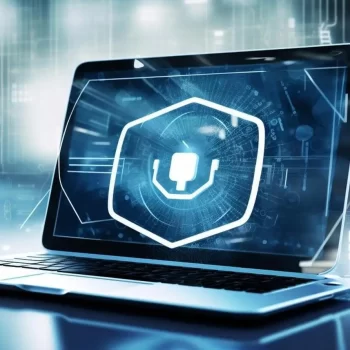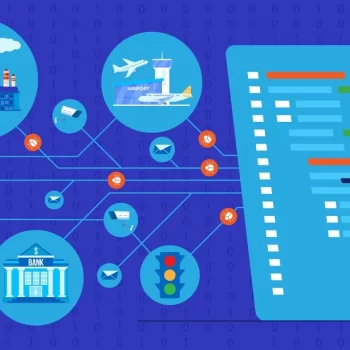In modern IT security, the ability to collect, analyze, and respond to log data in real time has become foundational to breach prevention, forensics, and compliance. This is where two approaches, SIEM and log management, play distinct roles. Both process logs, but they do so in different ways and serve different goals.
This blog offers insights on the difference between SIEM vs log management, outlines use cases, and explains how combining both improves your security posture.
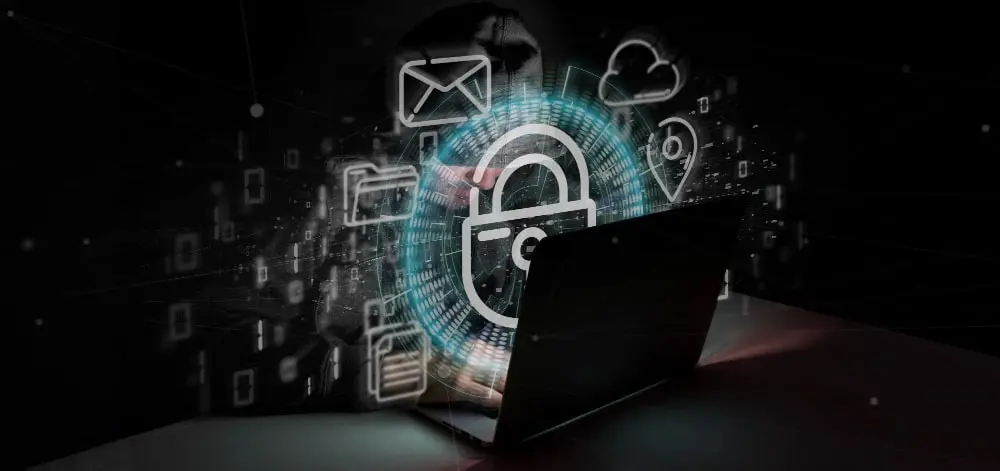
What is Security Information and Event Management (SIEM)?
Security Information and Event Management (SIEM) is a platform that collects security-related logs and events from across an organization’s digital environment. It centralizes data from firewalls, endpoint protection systems, authentication logs, application alerts, and network devices.
Unlike basic collection tools, SIEM systems apply correlation rules, machine learning, and behavior models to detect patterns that signal threats or policy violations. SIEM provides real-time alerts, automated incident workflows, and investigation capabilities to security teams.
SIEM Logging Explained: How It Supports Threat Detection
A SIEM log is structured to support deeper security use cases. It goes beyond storage and indexing, including context required for threat detection and investigation. SIEM logging focuses on relationships between events, timelines, and actions taken. Logs are enriched to support automated triage and forensics.
Key components of SIEM logging
Each SIEM log analysis depends on the following elements:

- Timestamps: Precise timing of events for correlation and incident reconstruction
- Source and destination info: IPs, ports, domains, crucial for tracing activity paths
- User and account data: Who triggered the event, with what access level
- Event types and severity: Login attempts, privilege changes, malware alerts, and their risk levels
- Action taken/response logged: Records of any automated or manual actions in response to the event
This structure helps security teams act quickly and accurately.

What is a Log Management System?
A log management system collects, parses, and stores logs generated by applications, databases, servers, containers, and more. It enables IT teams to keep records for auditing, performance monitoring, debugging, and compliance.
Unlike SIEM platforms, log management tools focus on scale and accessibility. They store logs cost-effectively, offer fast search and indexing, and support flexible dashboards and queries.
5 Must-Have Features of a Log Management Tool
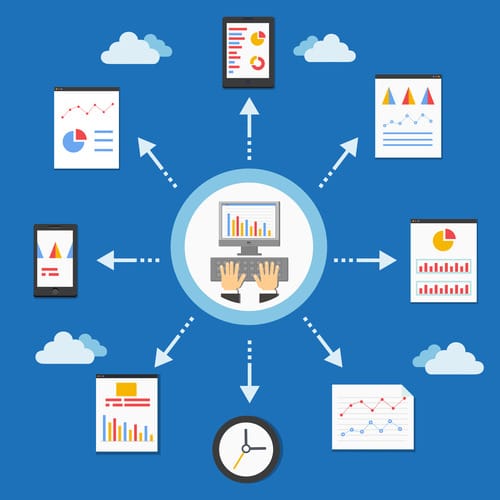
- Data collection: Ingest logs from multiple systems, formats, and protocols
- Normalization: Convert various log types into a consistent schema
- Search and query: Rapid retrieval using filters, wildcards, and keyword searches
- Retention and archiving: Store logs over long periods to support compliance and audit needs
- Dashboards and reports: Visualize trends, errors, and behaviours in real time
This forms the backbone of log monitoring practices across DevOps, IT operations, and helpdesks.

SIEM vs Log Management: Key Differences You Should Know
| Feature | SIEM | Log Management |
| Primary Goal | Threat detection and response | Central log collection |
| Data Analysis | Correlation, alerting, forensics | Search and trend reporting |
| Scope | Security-focused | Broader IT system scope |
| Performance | Real-time analysis | Batch or on-demand |
| Cost | Higher (due to compute & storage) | Lower (tiered by storage) |
When Should You Use SIEM or Log Management?
When to choose SIEM solutions
- Enterprises with distributed environments and large attack surfaces
- Teams needing real-time incident response, SOC workflows, and dashboards
- Organizations that must meet strict compliance standards (e.g., PCI-DSS, HIPAA)
When to choose log management tools
- Companies focused on basic auditing, troubleshooting, and system diagnostics
- Budget-conscious teams with fewer security events
- Development and infrastructure teams that need a scalable log search and archiving
Can SIEM Replace Log Management? Not Always.
SIEM log management builds upon basic logging capabilities. While some SIEM platforms offer integrated log storage, they are designed for high-value security events. Routine logs may overwhelm or dilute detection engines. Most organizations still pair SIEM with separate log management tools to separate long-term archival from active threat hunting.

Why combine SIEM and log management?
Combining both unlocks better SIEM management outcomes:
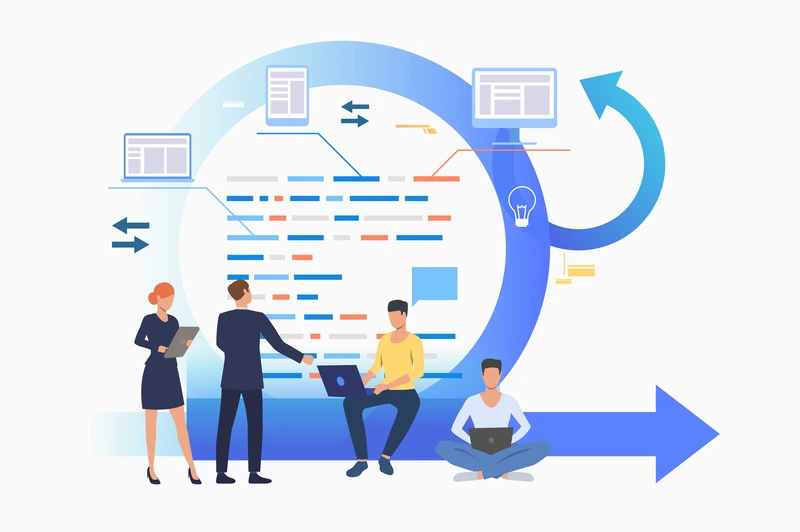
- Efficient threat detection: Correlate security alerts with broader log context
- Detailed forensics: Enriched logs feed back into investigations
- Cost optimization: Store only relevant data in SIEM; use log management tools for long-term retention
- Full visibility: IT and security teams collaborate using shared logs but different dashboards

Top Benefits of Using SIEM and Log Management Together
1. Advanced threat detection
SIEM platforms flag suspicious activity based on correlation logic. With full log visibility, those alerts become smarter and faster.
2. Comprehensive compliance audits
Both systems help generate timestamped evidence trails for data access, change history, and incident handling.
3. Centralized log visibility
Security and ops teams avoid duplication. They share a unified logging layer with different access, dashboards, and alert types.
4. Cost-effective log storage and analysis
Keep high-frequency logs in long-term storage through a log management system. Use SIEM to monitor high-risk events in real time.
How Infraon NCCM Enhances SIEM Management and Logging
Infraon NCCM gives security and infrastructure teams unified control over device configurations, compliance, and change management. Integrated logging tracks configuration changes, access events, and policy violations across networks.
The module supports real-time alerts, rollback options, and audit-ready reporting, built to scale with hybrid IT environments. Infraon helps teams gain better visibility into infrastructure logs while reducing the manual effort behind compliance and security audits.
FAQs: SIEM vs Log Management
What is the difference between log management and SIEM?
Log management tools are used to collect, store, and index logs from across your IT environment. They provide search capabilities, retention, and dashboards to track system behavior, performance issues, or audit data. SIEM platforms go further by layering security-specific analysis over those logs. They correlate events, generate alerts, and support incident response workflows. The difference lies in purpose: log management is broad and operational; SIEM is built for threat detection and security investigation.
Can SIEM replace log management?
No. SIEM platforms process selected log data with a focus on security use cases, but full logging coverage requires a dedicated log management layer. Long-term retention, compliance archiving, and broad operational visibility are best handled outside of SIEM. Most teams integrate both, using SIEM for security events and log management for keeping costs down and coverage high.
What’s the advantage of SIEM over Syslog?
Syslog is a basic logging protocol. It forwards messages from devices and applications but doesn’t analyze them. SIEM systems turn that raw data into actionable insight through correlation, alerting, and behavioral analysis. While Syslog helps with recordkeeping, SIEM supports real-time detection, investigation, and threat response.
How does managed SIEM differ from in-house?
Managed SIEM is delivered by a third-party provider who oversees deployment, rule tuning, monitoring, and reporting. It’s a good fit for teams without a dedicated SOC. In-house SIEM gives full control and customization, but demands skilled staff and ongoing maintenance. The right model depends on internal bandwidth, budget, and regulatory requirements.
Is SIEM worth the cost for small organizations?
For smaller teams, SIEM adoption depends on industry, risk exposure, and compliance mandates. If you handle sensitive data or operate in a regulated environment, SIEM provides the security insight needed to stay ahead of threats. Startups and lean IT teams often begin with log management, then scale into SIEM as their footprint and threat surface grow.













